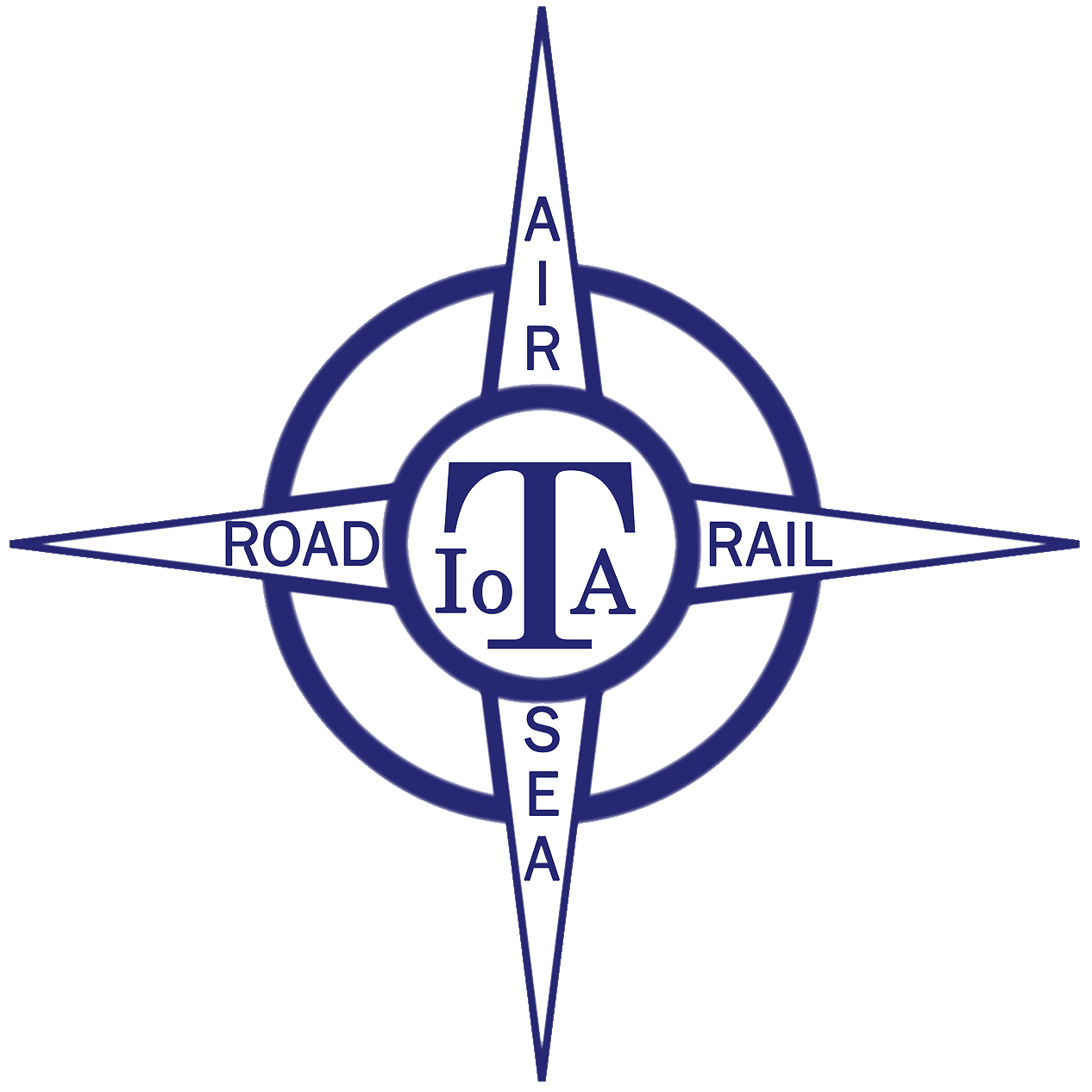Transport for London (TfL) has proposed a series of changes to the Direct Vision Standard (DVS) and HGV safety permit scheme. The proposed changes are designed to improve the safety standards of HGVs operating in the capital, further reducing the risks to vulnerable road users such as people walking and cycling.
TfL’s HGV safety permit scheme, first introduced in 2019, requires all operators of HGVs weighing more than 12 tonnes to apply for a free permit to operate in London. Data shows that fatal collisions involving HGVs where vision is cited as a contributing factor halved from 12 in 2018, the year before the scheme was introduced, to six in 2021.
A permit is granted if the vehicle meets the minimum DVS star rating, which is based on how much the driver can see directly through their cab windows. Ratings range from zero stars (the lowest rating with poor direct vision) to five stars (the highest rating with excellent direct vision).
Vehicles that do not meet the minimum requirements, currently one star, must already have or fit the ‘Safe System’.
TfL is now asking people to have their say on recommendations to enhance the current Safe System, taking into account new and emerging technology or safety equipment that was not previously available.
TfL says that moving to a new Progressive Safe System is vital to its efforts to meet the Vision Zero goal of eliminating all deaths and serious injuries from London's transport network by 2041.
TfL estimates that these new safety requirements will be applied to around 165,000 vehicles, which is 90 per cent of the existing fleet operating in London.
Proposed changes to the Safe System include:
- Updating existing guidance on the use of mirrors and mirror-replacement Camera Monitoring Systems (CMS).
- The requirement for CMS fitted on vehicles to eliminate any remaining blind spots on the passenger side.
- Sensors ensuring full coverage down the passenger side of all vehicles to detect vulnerable road users. They must not activate in relation to roadside furniture or stationary vehicles.
- Moving Off Information Systems (MOIS) fitted to the front of a vehicle to prevent collisions at the frontal blind spot zone when a vehicle moves off from rest.
- Audio warnings fitted to all vehicles, including those with left hand drive to ensure all vehicles operating in London have the ability to warn of an intended manoeuvre.
Christina Calderato, TfL's director of transport strategy and policy, said: “It’s crucial that all vehicles using London’s roads have safety at the forefront of their design and our world-first Direct Vision Standard has helped to significantly improve lorry safety.
“We will continue to take every possible measure to eradicate deaths and serious injuries from our roads, which is why we are proposing to enhance the safe systems for HGVs.
“All feedback to our consultation is important to developing the best possible set of requirements and I'd encourage everyone affected to take part.”
The consultation is open until April 3 and can be accessed via:
https://haveyoursay.tfl.gov.uk/making-londons-lorries-safer/
source: Fleet News
